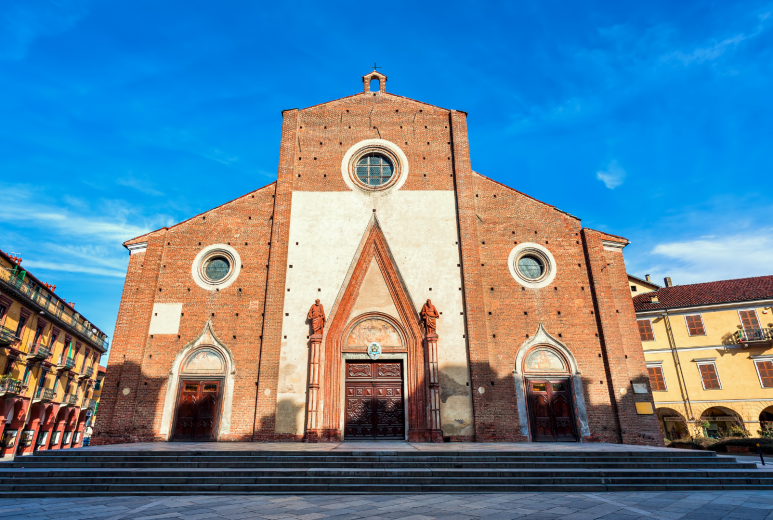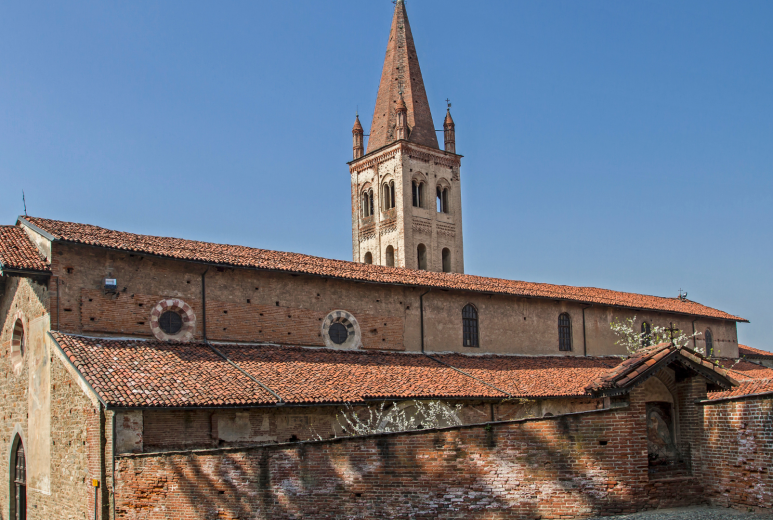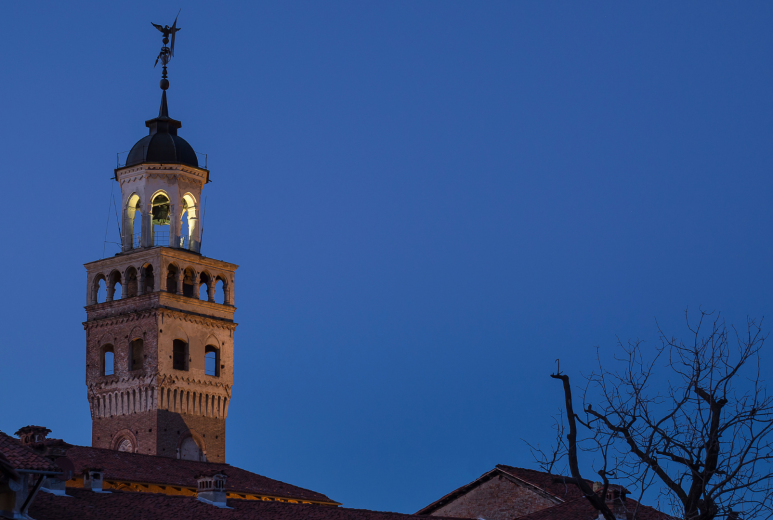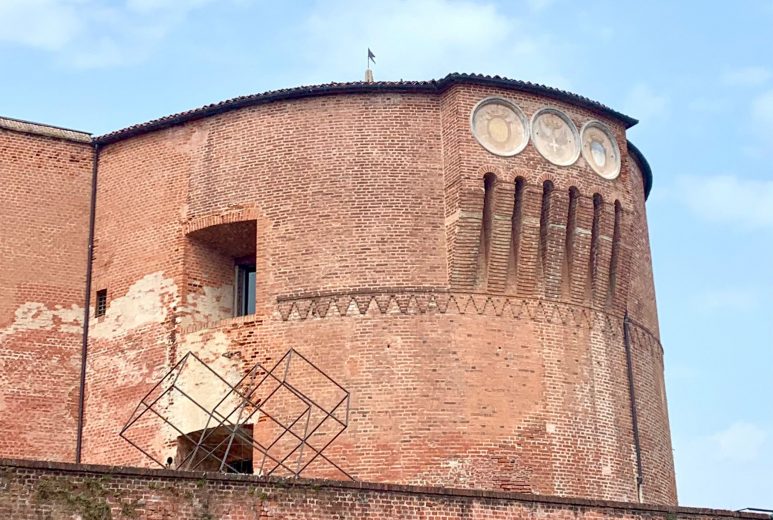Saluzzo still preserves many evidences of its noble past since it has been the capital of a small and autonomous border state, the Marquisate of Saluzzo, for four centuries. Its founder Manfredo started a dynasty that saw as many as fourteen marquises after inheriting the territory. The Marquisate reached its peak in the fifteenth century as it was characterized by economic prosperity as well as artistic and cultural. His strong political ties with the Marquisate of Mantua and France allowed him to be the main contender of the Savoy in Piedmont until the second half of the sixteenth century when, following a slow but inexorable loss of independence, The Marquisate was reduced to a suburb. In 1548 Saluzzo was annexed to France and later, with the Treaty of Lyon in 1601, became part of the Savoy domains.
Sights

The Duomo
The Cathedral of Saluzzo was built between 1491 and 1501 in late Gothic style and it is the fulcrum of the modern city center. It has an exposed brick facade preceded by a large stone staircase and is marked by three doorways to which correspond to its interior as many naves with cross vaults of considerable size. In addition to the high altar in Baroque style there are other secondary altars distributed in equal number along the side aisles and the left one includes also two chapels. There are many artistic works that can be admired inside the Cathedral and they are thought to date back to the XVI- XVIII century.

The Church of S. Giovanni
The Church of S. Giovanni, considered the most important in Saluzzo until the Cathedral was completed, is located in one of the side streets of the Salita al Castello and overlooks the homonymous little square embellished by a characteristic well. The church, built in 1281, has a portrait of San Cristoforo of considerable size on the left side of the facade and its interior is divided into three naves that can be accessed by going down the stone staircase that separates the door from the central nave, feature that makes it unique. The left nave leads to the Gothic cloister and on the opposite side there is the Cavassa chapel, one of the most important families in the city.

The Civic Tower
The Civic Tower was built in 1462 together with the Ancient Town Hall (Antico Palazzo Comunale) of which it is part and overlooks the square of San Giovanni. It is 48 meters high and once you climb the 130 steps that lead to the top surmounted by a dome, you can enjoy a breathtaking view of the magnificent surrounding landscape that ranges from the ancient village to the chain of the Western Alps.

The Castile
Castile was born as the fortified residence of the Marquises of Saluzzo and was built between 1271 and 1286. It underwent radical enlargements over the centuries thanks to the increasing importance of the Marquisate until it fell into decline following its annexation first to France and then to the Duchy of Savoy. Converted into a prison until 1992, thanks to the restorations started in 2006, it is home to the city’s historical archive, a permanent IGAV collection dedicated to contemporary art and two museums, the Museum of Prison Memory (Museo della Memoria Carceraria) and the Museum of Chivalric Civilization (Museo della Civiltà Cavalleresca).

Casa Cavassa
Casa Cavassa was the residence of the Marquises of Saluzzo until 1464 when the Marquis Ludovico II gave it as a gift to the representative of a noble family of Carmagnola, the Vicar General Galeazzo Cavassa, and it is a typical example of a Renaissance mansion. Above the important entrance portal in white marble you can admire the coat of arms of the family, a fish enclosed in a shield. The entrance leads to an internal porch that offers a splendid view of the city and the internal rooms of the house distributed on two floors contain a remarkable collection of antique furniture, frescoes and precious decorations.
Casa Pellico
Among the great men who were born in Saluzzo, Silvio Pellico (Saluzzo, 1789 – Turin, 1854) is certainly the most illustrious and in Piazza Vineis, in the center of Corso Italia, you can admire a monument in his memory. He was persecuted and imprisoned because of his carbonare and independentist ideas against the Austrian invasion and his most famous work, “Le mie prigioni” (1832) (“My prisons”), arose from his harsh prison experience. The museum dedicated to him is located in his birthplace in Piazzetta dei Mondagli, in the historic center of the city. It preserves on two floors paintings, memorabilia, books and manuscripts of the patriot, in particular multiple reproductions of the title pages of the different editions of his masterpiece.

